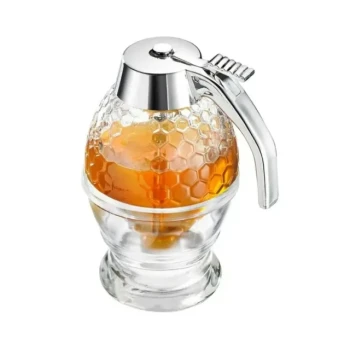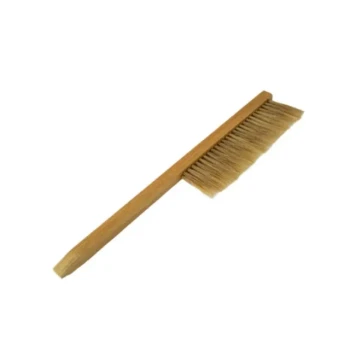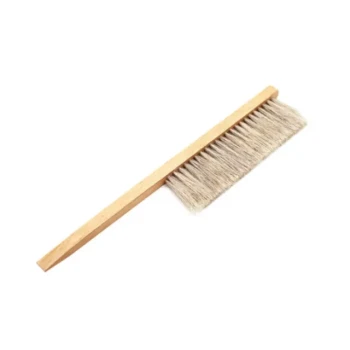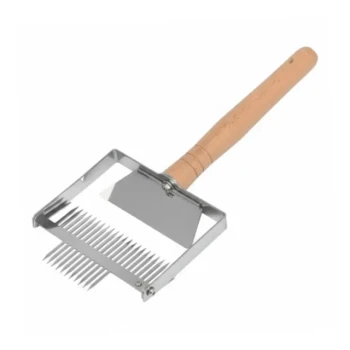The right time to remove honey supers is not determined by the calendar, but by the end of the local nectar flow. You should pull your supers when you observe that the hive's weight has stopped increasing for one to two weeks. This indicates that the bees are no longer bringing in a surplus of nectar, and the honey inside the supers is as abundant as it's going to get for that season.
The core task is to identify the precise moment the nectar flow ends. Harvesting too early results in unripe honey, while harvesting too late forces you to compete with your bees as they begin consuming the surplus you intended to collect.
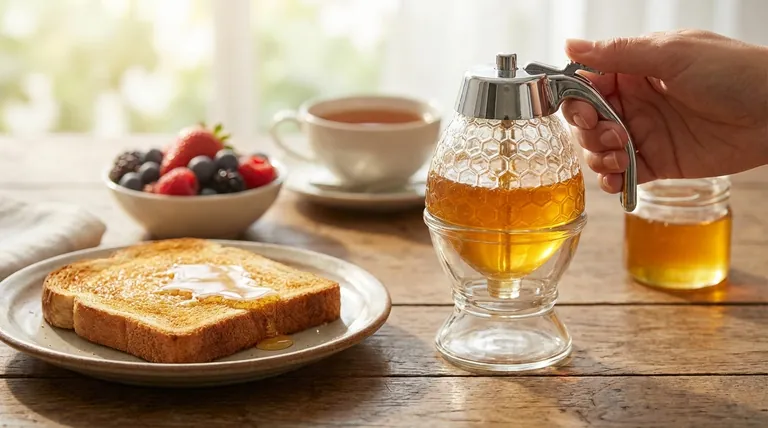
The Core Principle: Monitoring the Nectar Flow
Your decision to remove honey supers revolves entirely around understanding when the period of nectar abundance—the "flow"—has concluded in your specific area.
What is a Nectar Flow?
A nectar flow is a period when one or more major floral sources are blooming heavily, providing bees with more nectar than they need for their daily survival.
This surplus is what bees convert into honey and store in the supers you provide.
Why Timing is Critical
Removing supers is a strategic decision. If you act too early, the honey may have a high moisture content and not be fully "ripe" or capped.
If you wait too long after the flow ends, the colony will begin consuming the stored honey, directly reducing your harvest.
Primary Indicators for Removing Supers
Rely on observation, not assumption. Your bees will provide clear signals that the time is right.
The Definitive Signal: Hive Weight
Monitoring the hive's weight is the most objective way to track the nectar flow's status.
An increasing weight means the flow is active and bees are successfully storing surplus honey.
A weight that levels off for a week or two is your primary signal that the flow has ended. This is the ideal window to remove supers.
A decreasing weight is a critical alert. It indicates the nectar flow is over and the bees are now consuming their winter stores.
Visual Confirmation: Capped Honey
Before removing a frame, inspect it to ensure the honey is "ripe."
Bees cap honey with a fresh layer of beeswax only when it has been fanned down to the correct moisture content (around 18%).
A frame is generally considered ready for harvest when it is at least three-quarters capped. Fully capped frames are ideal.
Understanding the Trade-offs and Pitfalls
Every beekeeper must balance maximizing yield with ensuring colony health. Misjudging the timing comes with clear consequences.
The Risk of Harvesting Too Early
Pulling frames with uncapped, "wet" honey can lead to fermentation. This honey is not suitable for human consumption and can spoil your entire harvest.
It also means you are cutting the collection period short, potentially missing the final days of a productive flow.
The Risk of Harvesting Too Late
The most obvious risk is a reduced yield. Once the flow stops, any honey in the hive becomes the colony's food source. Every day you wait is a day the bees eat into your potential harvest.
The Most Critical Rule: Leave Enough for the Bees
Never harvest all the honey. The honey in the lower brood boxes belongs entirely to the bees for their survival through winter.
A strong colony needs a significant amount of honey (often 60-90 lbs, depending on your climate) to survive the cold months. Your harvest should only ever consist of the true surplus stored in the honey supers.
Making the Right Decision for Your Hive
Apply these principles to guide your actions based on your primary goal as a beekeeper.
- If your primary focus is maximizing honey yield: Weigh your hive regularly and begin the harvest as soon as the weight plateaus for a week.
- If your primary focus is colony health and a conservative approach: Wait for the hive weight to level off, then double-check that frames are nearly 100% capped before removing them, always leaving more than enough for the bees.
- If you are a new beekeeper without a scale: Rely on the "three-quarters capped" rule as your main guide, and err on the side of leaving extra honey for the colony.
Ultimately, successful honey harvesting is a direct result of careful observation and respect for the colony's natural cycle.
Summary Table:
| Indicator | What It Means | Action to Take |
|---|---|---|
| Hive Weight Increasing | Nectar flow is active; bees are storing surplus honey. | Leave supers on; continue monitoring. |
| Hive Weight Levels Off (1-2 weeks) | Nectar flow has ended; surplus honey is ready. | Ideal time to remove honey supers for harvest. |
| Hive Weight Decreasing | Bees are consuming stored honey; harvest window is closing. | Remove supers immediately to avoid yield loss. |
| Frames ≥75% Capped | Honey is ripe (moisture ~18%), safe for harvest. | Inspect frames before removal to confirm readiness. |
Ready to Optimize Your Beekeeping Operation?
As a commercial beekeeper or equipment distributor, precise timing is key to maximizing honey yield and colony health. At HONESTBEE, we supply durable, high-performance beekeeping supplies and equipment—from honey supers to hive scales—designed to support large-scale apiaries and wholesale operations. Let us help you streamline your harvest with reliable tools that enhance efficiency and profitability.
Contact HONESTBEE today to discuss your wholesale needs and discover how our solutions can benefit your business!
Visual Guide
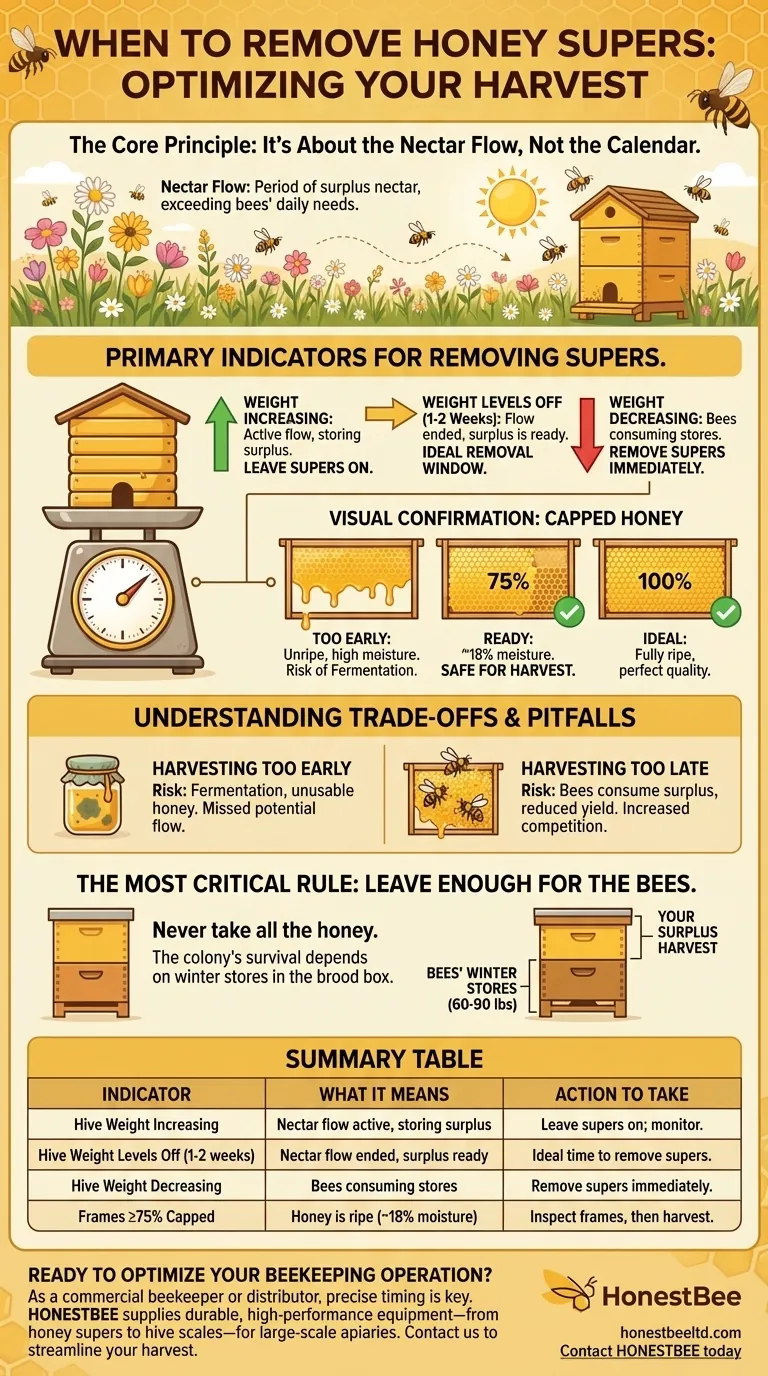
Related Products
- Honeycomb Style Drip Free Honey Dispenser
- Economy Small Scale Honey Dryer Dehumidifier Thickening Machine
- 8-Frame Electric Self-Reversing Honey Extractor Spinner for Commercial Honey Extraction Equipment
- Commercial 48-Frame Stainless Steel Honey Extractor
- Classic Wooden Bee Brush with Double-Row Boar Bristles
People Also Ask
- Can a honey gate be reused, and how should it be stored? Ensure Longevity for Your Honey Harvests
- What is the purpose of a honey bowl and dipper setup? Achieve Mess-Free, Elegant Honey Dispensing
- How do you adjust the flow of honey using a honey gate valve? Master Precision Control for Your Bottling Line
- What is a honey dipper and what is it used for? A Guide to Mess-Free Drizzling
- Why use a honey drizzler? Achieve Perfect, Mess-Free Drizzling Every Time
